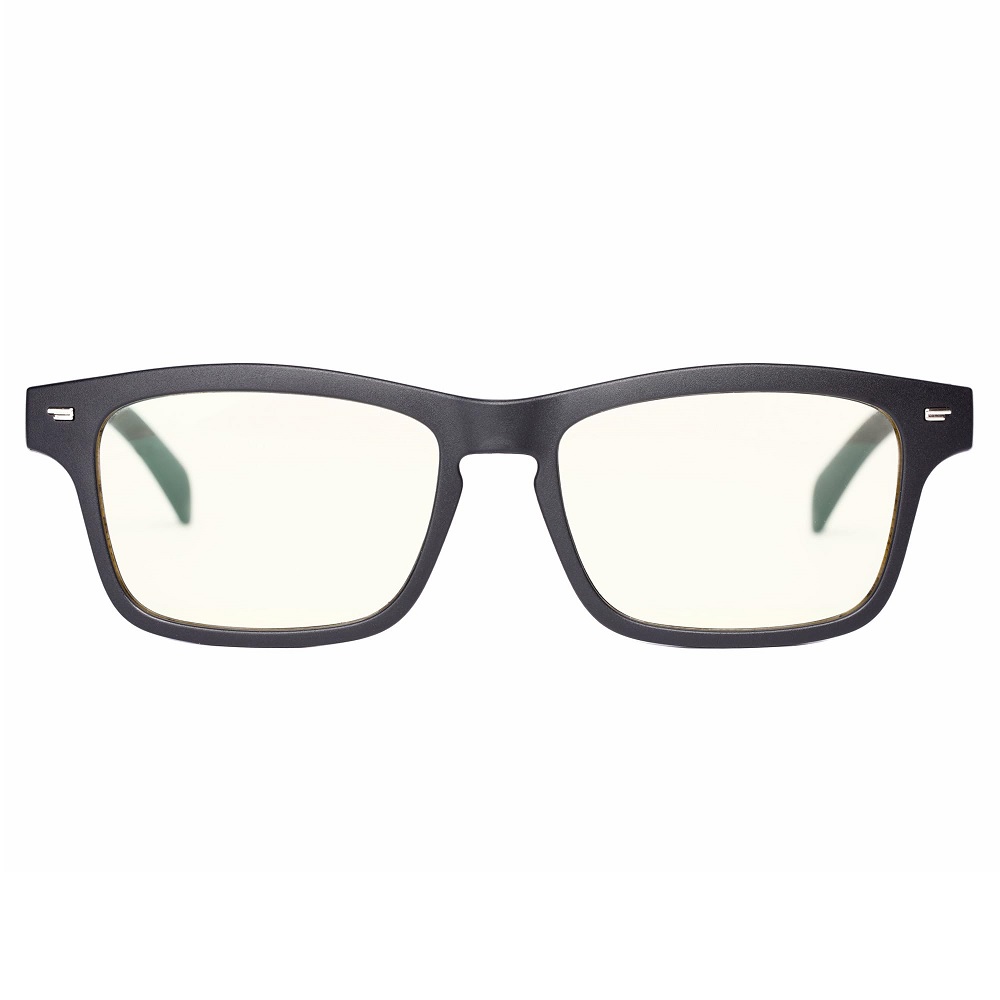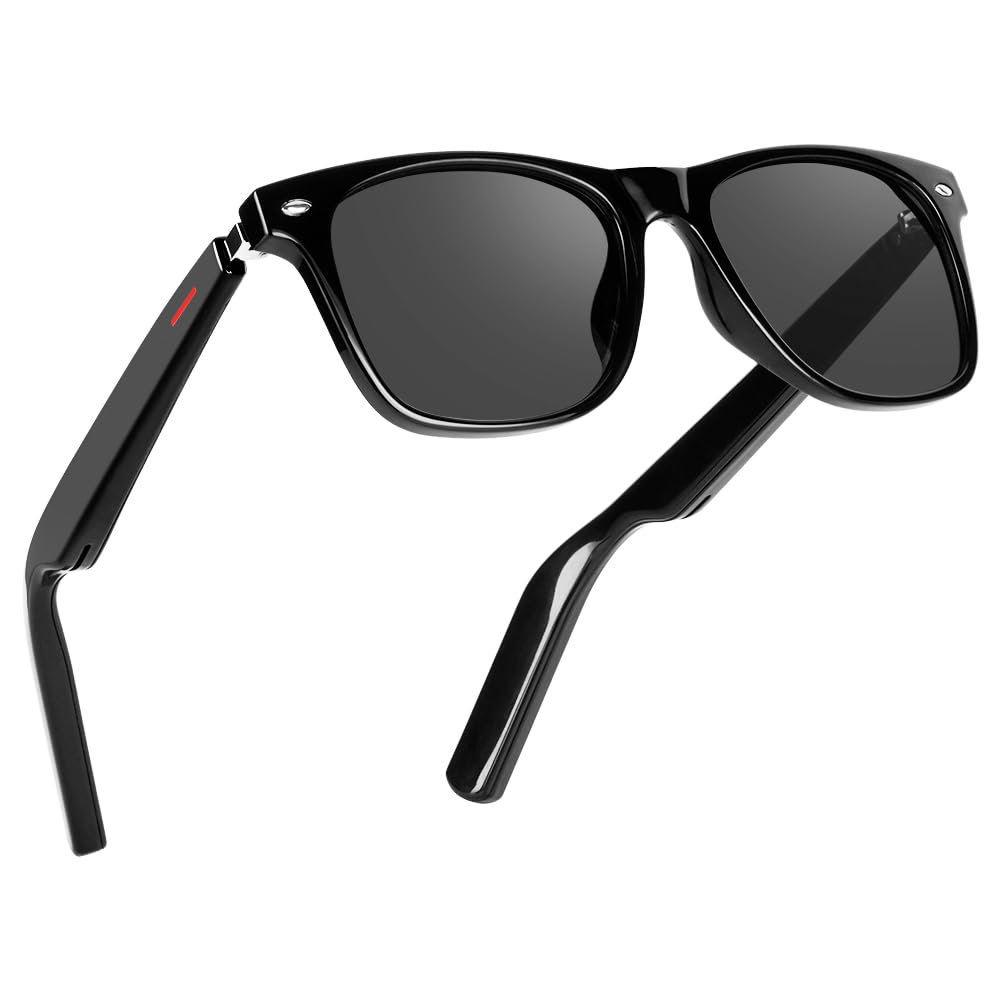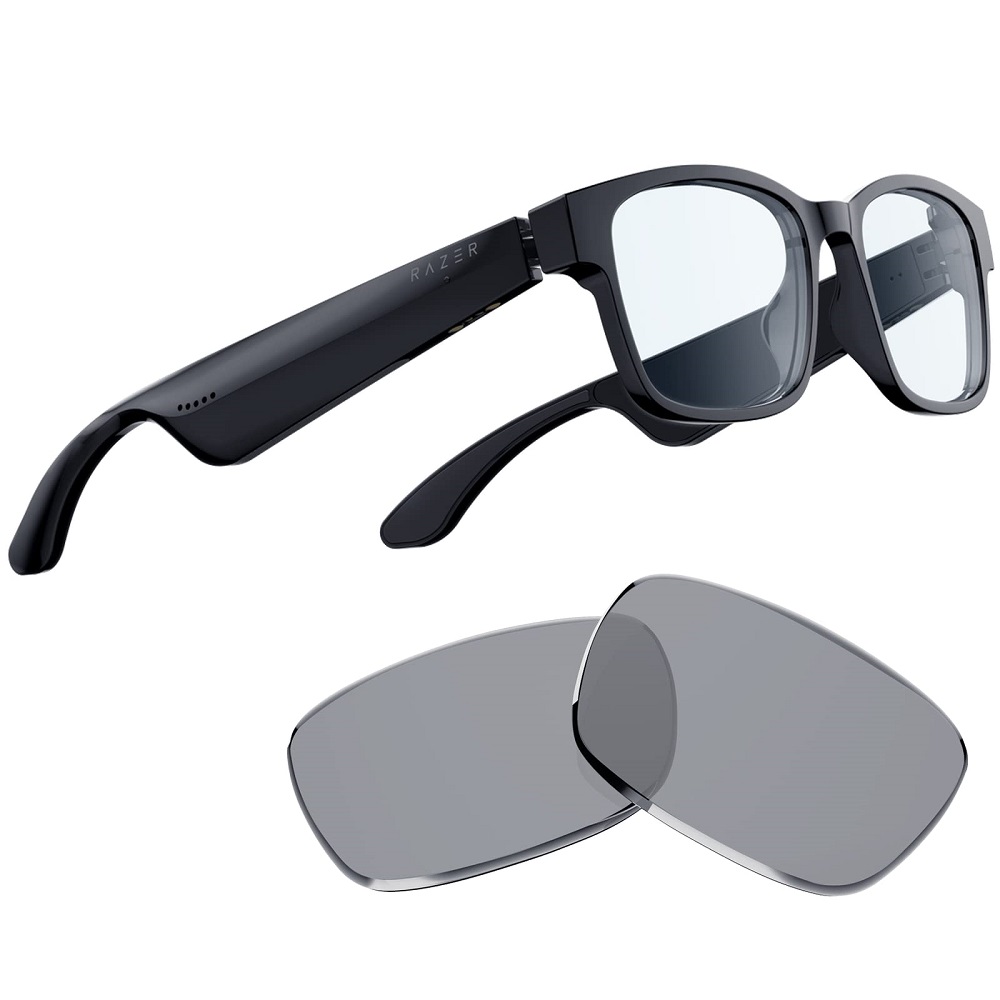Smart glasses are an exciting intersection of technology and daily life, bringing increased functionality and convenience to wearers. They integrate a variety of technological features, such as augmented reality (AR), voice control, and hands-free operation, designed to enhance experiences in diverse fields. This article delves into how smart glasses work, the underlying technology, user applications, and the future of this innovative device.
Understanding Smart Glasses
Definition and Purpose
How do smart glasses work? Smart glasses are wearable devices that resemble traditional eyeglasses. However, they integrate advanced technologies to provide additional functionality beyond vision correction. Some common features of smart glasses include heads-up displays (HUD), cameras, touch controls, and voice recognition. These devices aim to improve daily tasks, provide real-time information, and enhance accessibility.
The primary purpose of smart glasses is to deliver information in a hands-free, unobtrusive format. Users can access notifications, navigate, capture images, and even engage with augmented reality experiences without needing to pull out a smartphone or tablet. As technology evolves, smart glasses are becoming increasingly versatile and integrated into various aspects of daily life.
The Market Landscape
The smart glasses market has evolved considerably over the past few years, starting with basic models like Google Glass and transitioning to more sophisticated devices such as Microsoft HoloLens and Apple Vision Pro. Different companies target various markets, from enterprise applications to consumer lifestyle products. This diversity contributes to ongoing innovation and competition, resulting in smart glasses that cater to specific needs.
Wearable technology enthusiasts have shown interest in smart glasses not just as a novelty but as tools to enhance productivity and performance. How do smart glasses work? As the market grows, improving aspects such as design, battery life, and functionality remains a top priority among developers.

Key Components of Smart Glasses
Optical Displays
At the heart of most smart glasses is a display system designed to project information directly into the user’s field of vision. Various technologies exist for this purpose, including:
- OLED Screens: Organic Light Emitting Diode (OLED) displays provide vibrant colors, high contrast, and energy efficiency. They are commonly used in many smart glasses for clear visibility in various lighting conditions.
- Micro-LED: Micro-LED technology utilizes tiny individual LEDs to create images. This technology offers greater brightness, energy efficiency, and contrast than traditional displays.
- Waveguide Displays: Waveguide technology uses specially designed optics to direct light from microdisplays into the user’s eyes. This system creates a seemingly holographic image that integrates with the real-world view, enhancing the augmented reality experience.
Through these optical displays, smart glasses can overlay digital information onto the user’s field of vision, allowing for intuitive interaction with their surroundings.
Battery and Power Management
How do smart glasses work? Power management plays a crucial role in the functionality of smart glasses. Most models rely on rechargeable batteries to power the included technologies. Manufacturers focus on battery capacity and efficiency, aiming to maximize usage time while minimizing bulk.
Smart glasses often include energy-saving features like automatic sleep mode, allowing them to conserve battery life when not actively in use. Some designs even utilize solar technology or kinetic energy generation, allowing the glasses to recharge while worn, reducing the need for frequent external charging.
Audio and Communication
Another essential component of smart glasses is their audio system. Many models come equipped with built-in speakers, microphones, and noise-canceling technology. This integration allows users to receive audio notifications, make calls, and engage in voice-activated tasks seamlessly.
Wearing smart glasses enables a hands-free experience, as users can interact with the device using voice commands. This function enhances accessibility and enables a smoother user experience, particularly in situations where manual control is impractical or unsafe.

Augmented Reality Capabilities
Immersive Experiences
One of the most notable features of smart glasses is their capability to deliver augmented reality (AR) experiences. AR technology blends the digital world with the physical environment, allowing users to visualize and interact with digital content overlaid on their real-world surroundings. Smart glasses utilizing AR provide an immersive experience unlike traditional smartphones or tablets.
Applications of AR in smart glasses range from gaming and entertainment to real-world navigation and training simulations. For example, users can follow interactive guides while exploring new places or engage with complex training scenarios that require practical applications.
Software Integration
To enable AR experiences, smart glasses typically run on specialized software platforms. These platforms often include development kits that allow third-party developers to create applications tailored for smart glasses. The integration of AR software enhances the overall experience by providing users with context-sensitive information and useful applications.
For instance, in a warehouse or manufacturing setting, AR-enabled smart glasses can deliver real-time data about machinery, inventory levels, or assembly instructions directly into the worker’s field of view. This feature increases efficiency and reduces the likelihood of errors, as operators have immediate access to the information they need.
Interaction and Control Mechanisms
Touch and Gestures
Smart glasses come equipped with various control mechanisms to facilitate user interaction with the device. One of the most common methods is touch control—often integrated within the eyeglass frames. Users can navigate menus by tapping or swiping on designated areas of the frame, similar to how touchscreens function.
Additionally, some devices employ gesture recognition technology. Users can perform simple gestures, like waving their hands or nodding, to issue commands such as answering calls, scrolling through notifications, or accepting tasks. This hands-free control enables a seamless experience and reduces distractions in everyday tasks.
Voice Commands
Voice control is another key feature of smart glasses. Users can engage with their devices through voice commands, allowing for a natural way to interact while keeping their hands free. Built-in microphones pick up voice commands, making it easy to manage tasks, dictate messages, or conduct searches without using physical controls.
Voice recognition technology plays a crucial role in the effectiveness of this feature. Continuous advancements in natural language processing (NLP) allow for more accurate recognition and faster response times. As a result, users can communicate with their smart glasses more intuitively, making them accessible to a broader audience.

Everyday Applications of Smart Glasses
Consumer Use Cases
Smart glasses open up many possibilities in everyday life. As technology advances and companies invest in developing user-friendly applications, various consumer uses continue to emerge:
- Navigation: Smart glasses can provide turn-by-turn directions while keeping the user’s hands free, making them ideal for walking, cycling, or driving.
- Fitness Tracking: With built-in sensors and apps, smart glasses can monitor physical activity, track workouts, and display real-time performance metrics, fitting perfectly into the growing fitness culture.
- Social Networking: Users can access notifications from social media apps and engage with digital platforms without constantly checking their smartphones. This convenience encourages meaningful interactions in daily life.
Professional Applications
Smart glasses also find significant applications in professional settings. Industries such as healthcare, manufacturing, and logistics benefit from the unique functionalities offered by these devices:
- Healthcare: Surgeons can access patient info, imaging data, and other critical information without taking their eyes off the procedure. This prevents interruptions and enhances patient care.
- Training and Development: Companies can utilize smart glasses to provide training scenarios that offer hands-on experience while delivering real-time data and guidance.
- Field Service: Maintenance workers and technicians can consult manuals, diagrams, and instructions directly in their line of sight, ensuring they do not miss any vital steps during service calls.
Evaluating Security and Privacy Concerns
Data Protection
As with any connected device, smart glasses raise security and privacy considerations. Users must handle personal and sensitive information carefully, especially when using features such as voice commands, cameras, or internet connectivity. Data protection measures should be in place to prevent unauthorized access and information breaches.
Manufacturers must prioritize robust encryption and user authentication systems to ensure data remains secure. Users should keep their glasses updated with the latest software patches, as these updates often include vital security enhancements.
Privacy Considerations
Privacy issues also arise from the camera functionality present in many smart glasses. The ability to record video or capture images can lead to concerns about surveillance and consent. Smart glasses will need to implement clear policies and notifications when recording or accessing data to address these concerns.
Users should be aware of their surroundings and the potential implications of using smart glasses in public spaces. Establishing etiquette and standards for when and how to use these devices can help mitigate privacy-related issues and promote responsible use.
The Future of Smart Glasses
Innovations on the Horizon
The future of smart glasses is promising, with ongoing advancements in technology and applications. Enhanced optical displays, improved battery life, better integration of AI, and innovative software are all on the horizon. As technology evolves, smart glasses are likely to become even more powerful and versatile.
Moreover, as privacy concerns and public acceptance improve, widespread adoption across various demographics may follow. The integration of augmented reality with smart glasses has the potential to reshape how users interact with technology daily.
Market Trends
As developments continue, we can expect more companies to enter the smart glasses market. Increased competition will drive innovation, leading to advanced features, improved designs, and ultimately a wider range of choices for consumers. We may also see niche markets emerge, such as smart glasses tailored for specific industries, hobbies, or activities.
For individuals and businesses alike, keeping an eye on the evolution of smart glasses and the accompanying technology will be essential. As the landscape changes, staying informed will help you make the right choices for incorporating smart glasses into your life or business.
Conclusion
How do smart glasses work? Smart glasses are a remarkable fusion of technology and daily life, offering many functionalities that enhance user experiences. Understanding how they work, their underlying technology, and their various applications will empower users to maximize their potential.
By keeping track of developments in the smart glasses market, you can stay ahead of trends, ensure your privacy, and enjoy the benefits of this innovative technology. As smart glasses continue to evolve, they hold immense potential to reshape how we interact with the world, making our lives more connected and efficient. How do smart glasses work? Whether for personal use, professional applications, or entertainment, the journey of smart glasses is only beginning.
